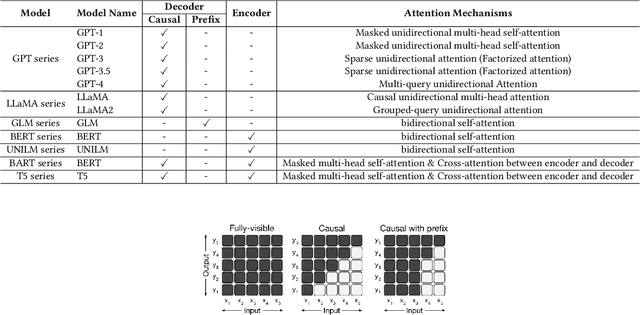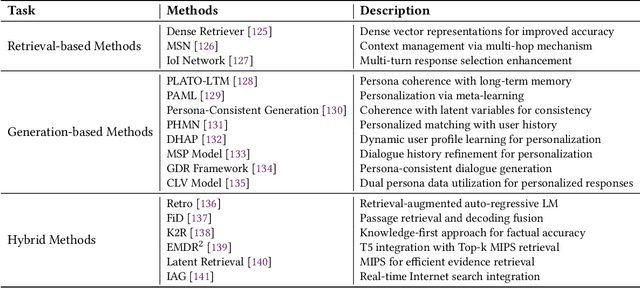Yuwen Liu
A Survey on Recent Advances in LLM-Based Multi-turn Dialogue Systems
Feb 28, 2024



Abstract:This survey provides a comprehensive review of research on multi-turn dialogue systems, with a particular focus on multi-turn dialogue systems based on large language models (LLMs). This paper aims to (a) give a summary of existing LLMs and approaches for adapting LLMs to downstream tasks; (b) elaborate recent advances in multi-turn dialogue systems, covering both LLM-based open-domain dialogue (ODD) and task-oriented dialogue (TOD) systems, along with datasets and evaluation metrics; (c) discuss some future emphasis and recent research problems arising from the development of LLMs and the increasing demands on multi-turn dialogue systems.
Fast Wireless Sensor Anomaly Detection based on Data Stream in Edge Computing Enabled Smart Greenhouse
Jul 28, 2021



Abstract:Edge computing enabled smart greenhouse is a representative application of Internet of Things technology, which can monitor the environmental information in real time and employ the information to contribute to intelligent decision-making. In the process, anomaly detection for wireless sensor data plays an important role. However, traditional anomaly detection algorithms originally designed for anomaly detection in static data have not properly considered the inherent characteristics of data stream produced by wireless sensor such as infiniteness, correlations and concept drift, which may pose a considerable challenge on anomaly detection based on data stream, and lead to low detection accuracy and efficiency. First, data stream usually generates quickly which means that it is infinite and enormous, so any traditional off-line anomaly detection algorithm that attempts to store the whole dataset or to scan the dataset multiple times for anomaly detection will run out of memory space. Second, there exist correlations among different data streams, which traditional algorithms hardly consider. Third, the underlying data generation process or data distribution may change over time. Thus, traditional anomaly detection algorithms with no model update will lose their effects. Considering these issues, a novel method (called DLSHiForest) on basis of Locality-Sensitive Hashing and time window technique in this paper is proposed to solve these problems while achieving accurate and efficient detection. Comprehensive experiments are executed using real-world agricultural greenhouse dataset to demonstrate the feasibility of our approach. Experimental results show that our proposal is practicable in addressing challenges of traditional anomaly detection while ensuring accuracy and efficiency.
 Add to Chrome
Add to Chrome Add to Firefox
Add to Firefox Add to Edge
Add to Edge